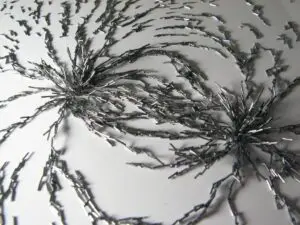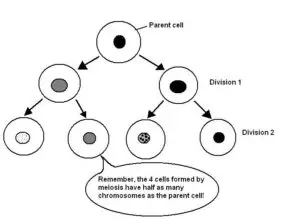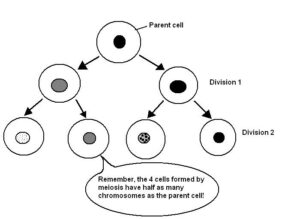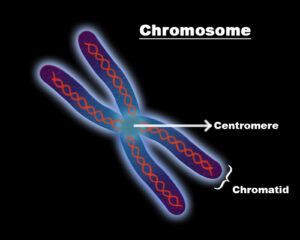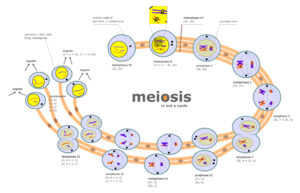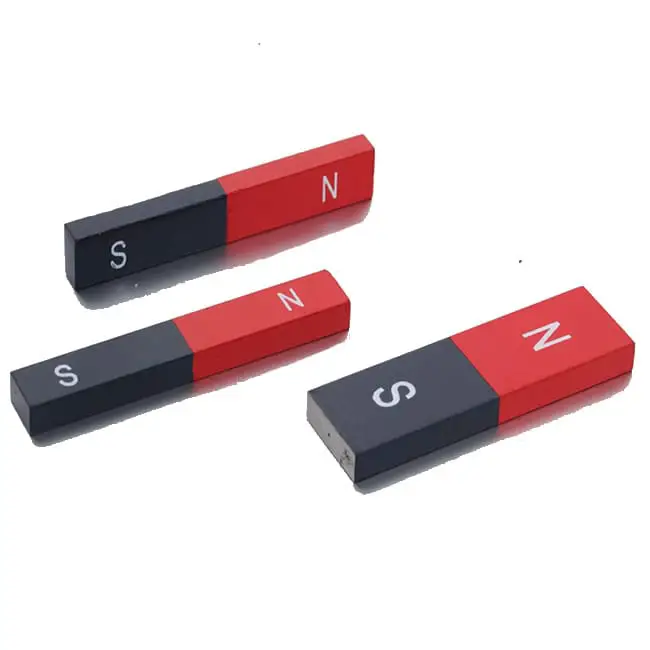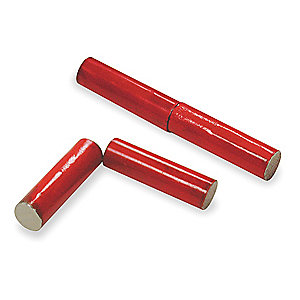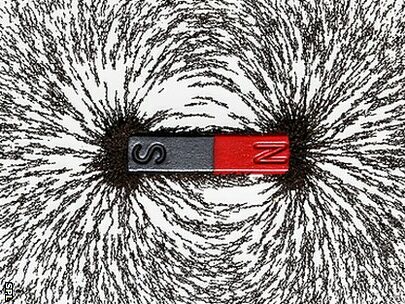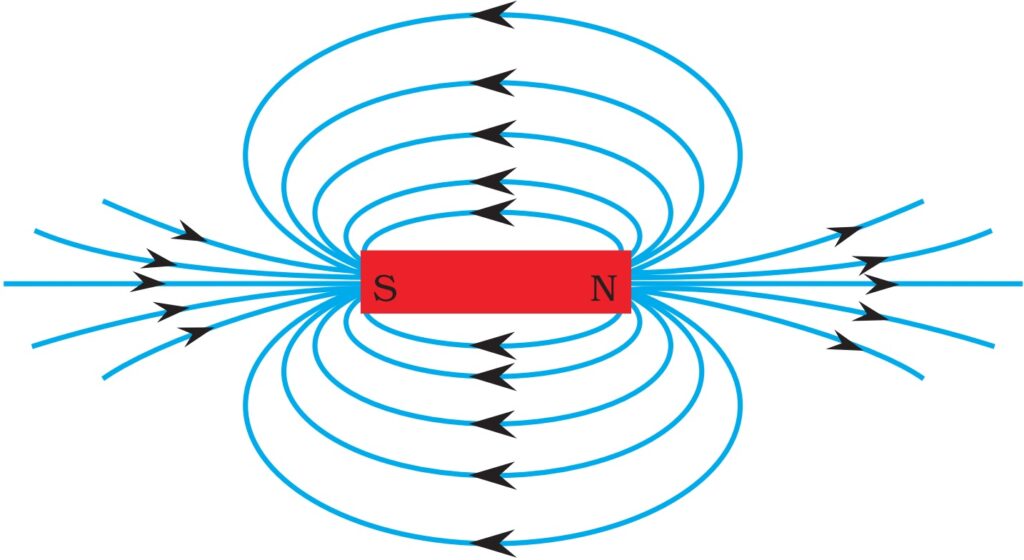Magnetic flux and current go hand in hand, and they have the differences. When current is induced in an area there will be magnetic flux and this magnetic flux will be opposite to that of the normal flux.
Now there will be a coil where we will induce current into it and then we can see the production of a magnetic flux. we see that when there is current induced there will automatically be an electric field and magnetic field produced inside the coil. So now when there is both magnetic and electric field there will also be flux lines.
Magnetic flux is simply the quantity which measures the amount of magnetic force that passes through a unit area per unit time. The magnetic flux is generally the number of lines which usually pass through the given unit area.
Is magnetic flux same as magnetic current?
Simplest terms, a magnetic flux is comparable with electrical current as well as a magnetization in which current plays a major role is comparable with electrical voltage.
Although there are significant distinctions, a magnetic circuit is comparable to an electrical circuit. Magnetomotive force is equivalent to electromagnetic force inside of an electrical circuit.
Every current that flows in a circuit would produce an opposing magnetic flux to one that was there before the current was produced. The induced current creates a north pole heading in the direction of said magnet’s north pole towards a conductive path. As a result, the change that brought about the current is repelled by this force.
How does magnetic flux affect current in a circuit?
An ample amount of voltage (emf) can therefore be generated into to the winding solely through magnetism. The three different elements listed below which influences the current in the circuit by partially affecting the emf across them.
Expanding the quantity of wire turns in the windings – As the multitude of transmission lines or the coils slashing across the magnetic field increases, the sum of induced electromotive force generated would be the summation of all the specific grooves of the coil; therefore, if the coil has 20 turns, there will be 70 percent extra caused emf than in a single loop of string.
Enhancing the relative movement of the coil with regards to the magnetic flux – Apart from the number of wounding, if the coil passing through the same magnetic field but with an increased velocity, the wires would interrupt the magnetic flux lines more quickly therewith producing an enhanced emf.
Strengthening the magnetic field – When the same coil is forced into a much stronger magnetic field, more magnetic flux lines would be broken and produces more emf.
How does magnetic flux relate to current?
The magnetic field becomes significantly stronger when the wire is twisted into a coil, creating a strong and static magnetic field surrounding on its own in the form of an electromagnet with a clear direction from north to south. The magnetic flux that formed around the coil was inversely proportional to the applied current running through its coils.
This dynamic magnetic flux would be enhanced if successive layers of wire were coiled together on the same loop with much the same current running across them.
As a result, a coil’s ampere spins are what decide how strong its magnetic field is. The coil’s static magnetic flux becomes stronger as more wire turns inside of it.
Does magnetic flux change with magnetic current?
Yes, the magnetic flux changes with magnetic current. In order by changing the strength of the magnetic field, the number of loops or the relative movement of the coil with the field the current changes proportionally.
E.g. When the generator is rotating around a loop or volume of loops of wire, it induces a current around the loop which in turn changes the flux at a fixed magnetic field.
Thus, the output of the generator is produced when the induced voltage produced around the loop stimulates the current to flow. The change in current with respect to the magnetic flux can be explained with Lenz law.
Lenz Law: The induced current will always flow in the direction of increasing the flux inside the loop. Incase if there is a decrease in flux produced then the current will flow in the opposite direction.
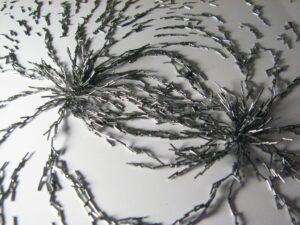
How does current change in the magnetic field?
The ferromagnetic substance is transported past the wire coil in order to follow magnetic field information. So, when the ferromagnetic substance is brought across the wire the magnetic field that is surrounding the data which enables reading is modified completely.
The object’s motion actually induces the current in the coil which in turn shifts the magnetic field. Hence proportionally the changes are brought in the magnetic field. When the speed of transportation of the ferromagnetic substance is increased the magnetic field would also be increased producing inducing emf.
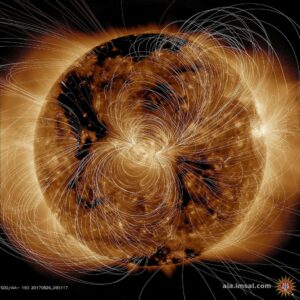
How to calculate magnetic flux from current?
A portion of the flux is evenly spread throughout the coil as it is moving. Let the magnetic flux be denoted by B and the unit is Weber (Wb). Since it is direction dependent it is a vector quantity. The magnetic flux is hence denoted by ϕB. Let n be the number of coil turns and A be the cross section of the wire, So the magnetic flux will be ΦB = n BA cosθ Wb
According to Biot-Savart law, The magnetic intensity at any place in the coil is directly proportional to the current flowing across the wire and inversely proportional to the length of the wire from that point.
Where B is the magnetic field intensity, µ0 is the permeability whose value is 4π, A is the area of the coil wounded and N represents the number of wounding. Hence the formula is given by,
B=µ0NI/ 2A
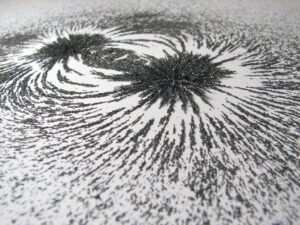
Graph between magnetic flux and current
The direction of the magnetic flux is in right angles to the current induced inside the coil. We also know that when there is current there is electric field and magnetic field as well inside it.
Below given is the graph plotted between two conductors A and B, where it is between the magnetic flux and the current. When current is increased there will also be an increase in the magnetic field.
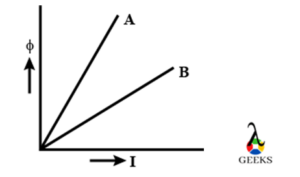
Problem:
The circular coil of radius 6 × 10-2 m and with 30 turns is carrying a current of 0.35 A. Calculate the magnetic field of the circular coil at the center.
Solution:
The radius of the circular coil = 6 × 10-2 m
Number of turns of the circular coil = 30
Current carried by the circular coil = 0.35 A
Magnetic field is given as:
B=µ0NI/ 2A
= 4π × 10-7 (30) (0.35) / 2 (2 π (6 x 10-2)
= 1.75 x 10-5 T
Conclusion
Magnetic flux is the number of line that is passing in a given unit area per unit time. Magnetic flux and current both must exist due to the production of the magnetic and the electric fields. In order to know how the magnetic field which exist we also need to know that current must be passed in the system.
Read more about Is Mercury Magnetic?
Also Read:
- How to increase the strength of an electromagnet
- Magnetic flux vs magnetic flux linkage
- How to increase strength of a magnetic field
- Genetic diversity in meiosis
- Magnetic field vs magnetic field strength
- What produces the strength of a magnetic field 2
- Bar magnet uses
- Is magnetic flux a vector
- How is magnetic field produced
- Magnetic flux vs magnetic field
